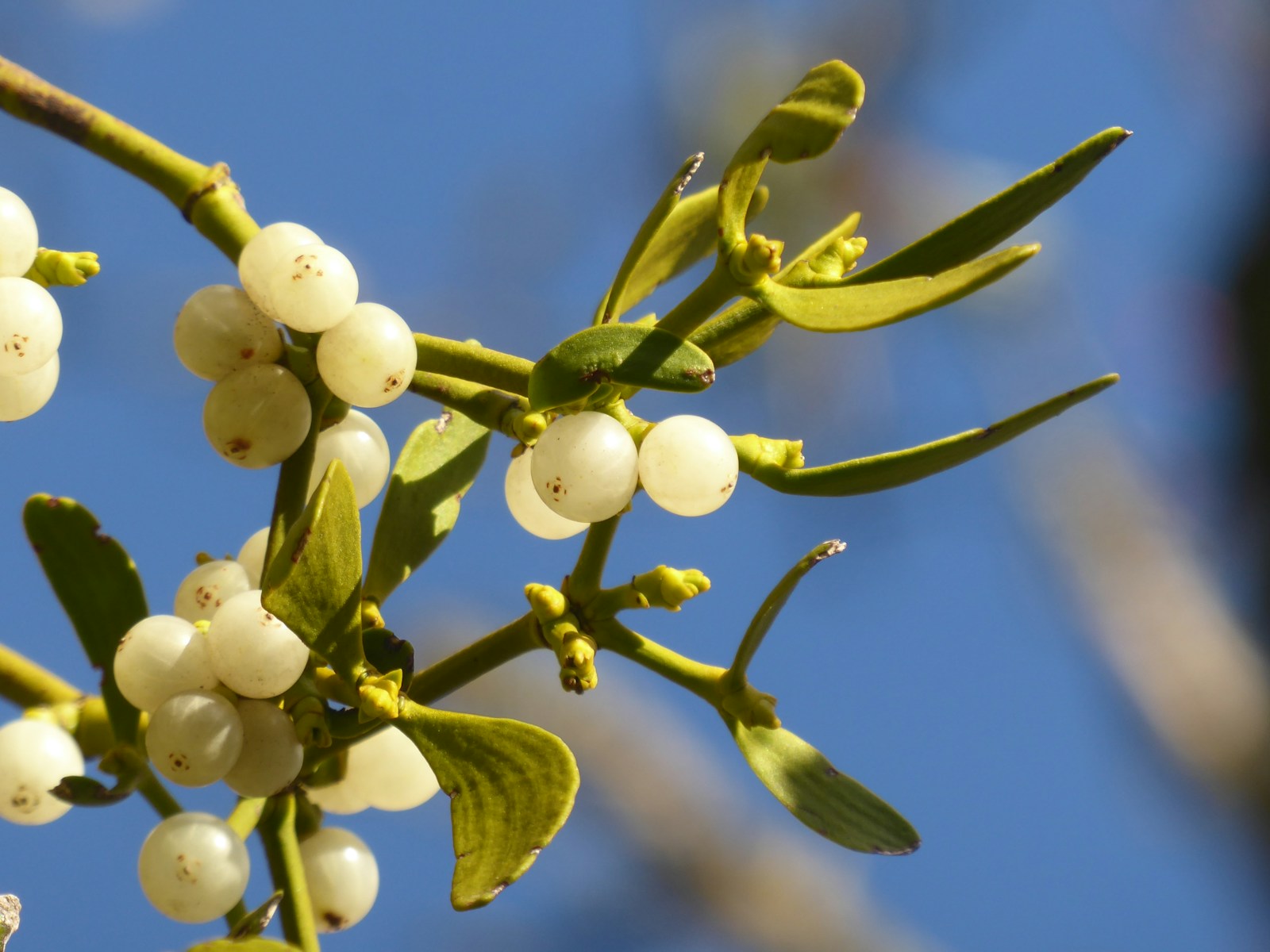Key Takeaways:
– Decrease in mistletoe sales signaled a potential end to the tradition of kissing under the mistletoe.
– Britain’s annual mistletoe auctions have reported significantly fewer mistletoe sales.
– Young people are less inclined to buy mistletoe, leading to its reduced demand.
Shrinking Appeal of Mistletoe
The age-old custom of kissing under the mistletoe during Christmas celebrations may be on the brink of extinction. According to the leading provider of mistletoe in the United Kingdom, modern attitudes, also known as ‘wokery’, pose a risk to this beloved festive tradition. Essentially, there is a marked decrease in the quantity of mistletoe available this year compared to previous ones.
Waning Interest Among Youngsters
Young people’s disinterest in this custom is a significant factor in the declining sales. Notably, mistletoe, which was once a must-have at office Christmas parties, isn’t bought as much by the younger generation. Prominent auctioneer Nick ‘Mr Mistletoe’ Champion has openly expressed his disappointment regarding this trend.
Impact on Mistletoe Sales
The potential demise of the mistletoe-kissing tradition can be most significantly observed at Britain’s only annual mistletoe auctions in Tenbury Wells, Worcestershire. They’ve witnessed a considerable decrease in the supply of this festive foliage this year – around one-quarter of what was available in past decades, signalling a possible end to this yuletide tradition.
Mistletoe in Cultural Context
The tradition of kissing under the mistletoe dates back centuries, often linked to ancient Norse mythology where the plant symbolizes love and friendship. Moreover, it serves as a significant symbol for Christian communities during Christmas, forming a substantial portion of holiday decorations.
In the modern context, mistletoe is mainly associated with the playful tradition of stealing a kiss from someone caught standing under it. Such usage of mistletoe sprigs has been a staple of festive celebrations worldwide.
Maintaining Traditions Amid Modern Trends
As we live in an era characterized by swift societal changes and evolving values, it may lead to some traditional practices fading into obscurity. However, while the future of the mistletoe tradition appears uncertain amidst modern trends, it also prompts a conversation about preserving meaningful customs.
While respecting the evolving societal norms, it’s also essential to remember that traditions serve as bridges to history, providing us with a sense of continuity and connection to our past.
The case of the dwindling mistletoe tradition is a clear indication. The diminishing interest among the younger generation might be pointing to a shift in cultural customs. Whether this shift is temporary or a lasting change will be seen in the coming years, depending on how the next generation chooses to celebrate the festive season.
The Future of the Mistletoe Tradition
Whether or not the mistletoe-kissing tradition manages to survive the test of time remains to be seen. But for now, Christmas parties may not be the same without that suspense of who might end up under the mistletoe next.
Therefore, this festive season and beyond, one can only hope that such age-old traditions, encased in the fabric of our cultures, are imbued with new meanings in order to endure in the face of changing societal norms.
In essence, traditions like that of the mistletoe offer invaluable insights into our history. As such, while embracing the inevitable change, it is worth exploring ways to keep these traditions alive for future generations to enjoy, even if they transform alongside society.

